Lemon aspen
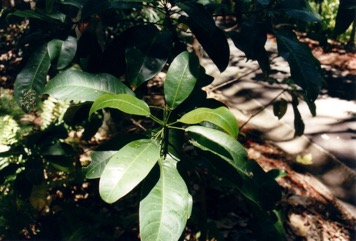
It is a tropical plant. It is found in highland rainforest in Northeast Queensland, Australia. It grows to 1100 m altitude. It requires a well drained soil and prefers a sunny position but will grow in part shade. It can grow on a range of different soils. It can grow in cooler climates if it has good rainfall and fertile soil.
Also known as:
Lemon wood
Edible Portion
- Fruit, Seeds
Where does Lemon aspen grow?
Found in: Australia
Notes: There are 42-50 Acronychia species.
Growing Lemon aspen
Cultivation: It is grown from seed. The seed are hard to remove from the fruit and the fruit can be sown whole. The seed are slow to germinate. (6 weeks to 6 months.) Cuttings root easily. The soil around the tree should not be allowed to dry out. Fruit can be difficult to harvest because the trees are large. Fruit should be harvested just before they are ripe. They are damaged if they fall and rot quickly. The fruit can be frozen easily for storage. It can also be preserved in a light sugar syrup.
Edible Uses: The fruit is eaten raw. It is acid. It can be used in cooking. It is cooked with seafood or poultry. It can be made into jams, syrup, cakes, sauces, jucie, conserves or salad dressing. The small black seeds are edible.
Production: Trees are fast growing if well watered. Fruit are mature July to September but occur from April. It often bears large numbers of fruit every second year. About 20 fruit would give 100 g of lemon aspen flesh.
Nutrition Info
per 100g edible portion| Edible Part | Energy (kcal) | Protein (g) | Iron (mg) | Vitamin A (ug) | Vitamin c (mg) | Zinc (mg) | % Water |
|---|---|---|---|---|---|---|---|
| Fruit | - | - | - | - | - | - |
Lemon aspen Photos

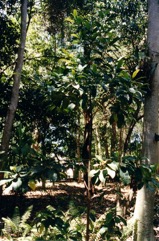
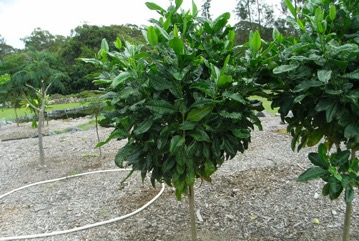
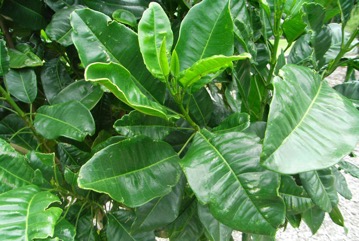
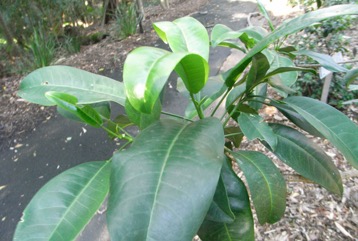
References
Alice, L. & O'Quinn, T., Australian Bush Superfoods. Explore Australia p 86
Bonney, N., 1997, Economic Native Trees and Shrubs for South Australia. Greening Australia (SA) inc. Campbelltown SA 5074 p 168
Cherikoff V. & Isaacs, J., The Bush Food Handbook. How to gather, grow, process and cook Australian Wild Foods. Ti Tree Press, Australia p 198
Cooper W & Cooper W T, 1994, Fruits of the Rain Forest. RD Press p 18
Cooper, W. and Cooper, W., 2004, Fruits of the Australian Tropical Rainforest. Nokomis Editions, Victoria, Australia. p 456
Cribb, A.B. & J.W., 1976, Wild Food in Australia, Fontana. p 21
Elliot, W.R., & Jones, D.L., 1982, Encyclopedia of Australian Plants suitable for cultivation. Vol 2. Lothian. p 141
Facciola, S., 1998, Cornucopia 2: a Source Book of Edible Plants. Kampong Publications, p 213
Jones D, L, 1986, Ornamental Rainforest Plants in Australia, Reed Books, p 102, 340
Nicholson, N & H., 1996, Australian Rainforest Plants 2, Terania Rainforest Publishing. NSW. p 6
Pearson, S. & A., 1992, Rainforest Plants of Eastern Australia. Kangaroo Press p 16
Price, S.H. & J.L., Wild Food, Medicine and useful plants of the Wet tropics. Kwik Kopy, Cairns. p 3
Queensland Forest Service, 1991, Trees and Shrubs. Department of Primary Industries. p 63
Recher, P, 2001, Fruit Spirit Botanical Gardens Plant Index. www.nrg.com.au/~recher/ seedlist.html p 4
Robins, J., 1996, Wild Lime. Cooking from the Bush food garden. Allen & Unwin p 30
Smith, K & I., 1999, Grow your own bushfoods. New Holland. Australia. p 45
Townsend, K., 1994, Across the Top. Gardening with Australian Plants in the tropics. Society for Growing Australian Plants, Townsville Branch Inc. p 69